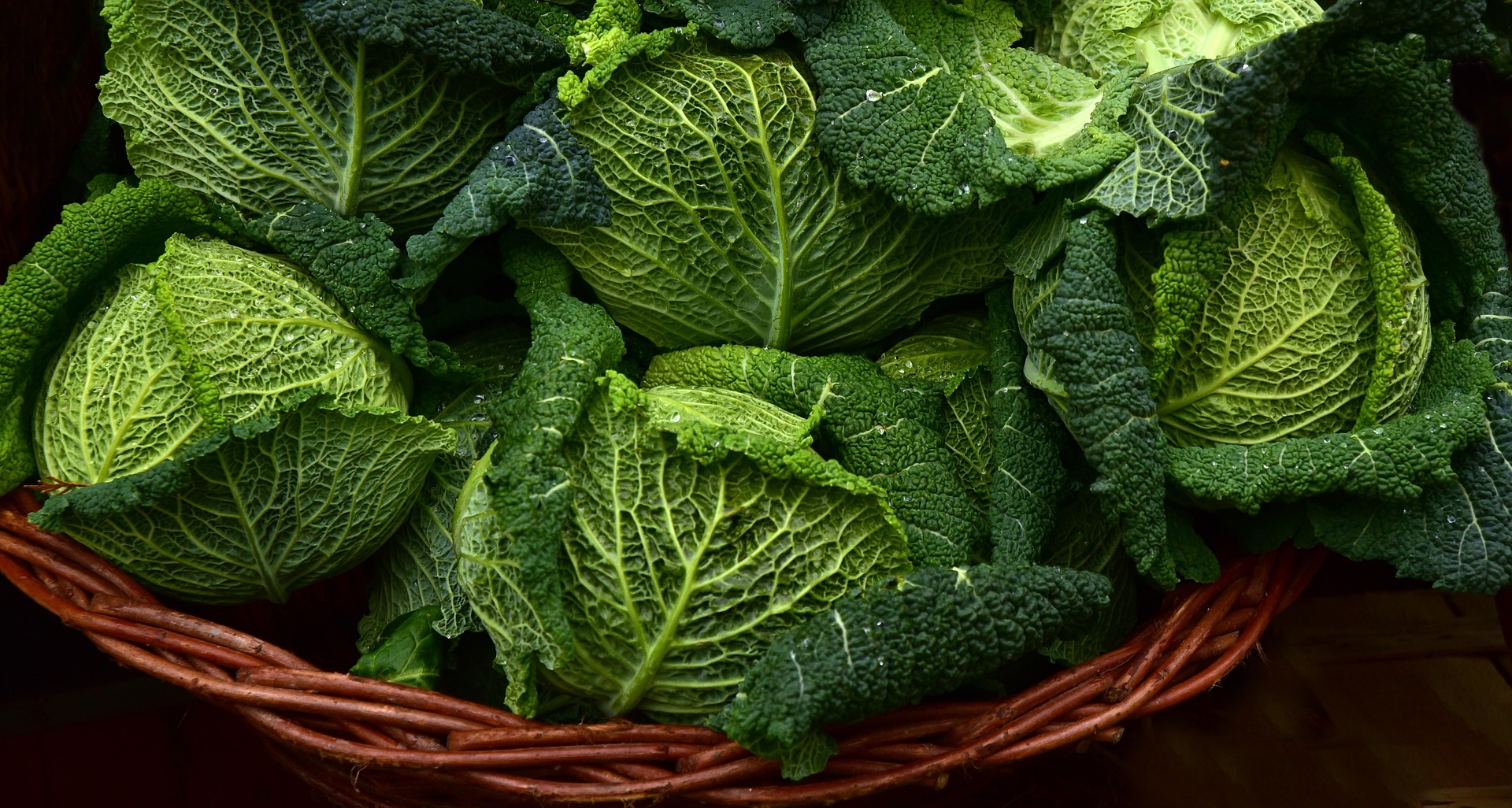According to the CDC, only one out of every 10 American adults eats enough fruits and vegetables to surpass the federal minimum recommendations. For senior citizens, maintaining a nutritious diet is even more important – to strengthen immune systems, develop strength, and fight off disease. Studies have also shown that a broader range of people prefers fruits to vegetables. Fruits can be grabbed and eaten immediately without much prep or cooking. Most vegetables, on the other hand, shine when prepared or added to other dishes like smoothies or salads. If you are part of the 90% of Americans not reaching their daily amount of vegetables, consider adding leafy greens to your daily routine.
Keep reading this blog to learn more about the benefits of these superfoods and how to incorporate them as part of a healthy diet.

Leafy Greens And Their Benefits
Leafy greens refer to most plants and vegetables that we eat the leaves, stems, and shoots of. There is a wide variety of leafy greens available on the market, with over 1000 total healthy species known worldwide. Most greens are full of antioxidants and fiber, with darker-colored leaves having higher antioxidant levels in general. Leafy greens also help to regulate body weight and reduce strain on your heart and cardiovascular system.
Let’s talk about some of the best leafy greens you can find at most grocery stores.
Spinach: Spinach is a classic, for good reason. Spinach can be used in many dishes, even though some can tolerate it alone. High in vitamins A and K, spinach actually releases more nutrients when cooked, boosting its nutritional levels to new highs. Sauteed spinach with garlic is a popular dish that has stood the test of time, but like most other leafy greens, it can also fit nicely into a smoothie without affecting the overall taste or texture.
Kale: Kale has become a buzzword in recent years, a food that many people take a hard stance on. But among health enthusiasts, the praise that kale gets is not undeserved. Kale is one of the most nutritionally dense vegetables in the world and is exceptionally easy to include in many recipes. Kale is loaded with Vitamin A, Vitamin C, Vitamin K, and fiber. Kale is best eaten raw, which might be why some people have such a negative perception of it. Still, including this superfood in any dish, whether as a core component or a last-minute addition, is sure to increase its nutritional content and help you meet your daily health goals.
Lettuce: Lettuce varieties abound, with the most common types being iceberg and romaine. Lettuce is an excellent all-around green that can act as the base for a salad or vegetable-focused dish. Lettuce has a high water content and therefore has fewer calories than most other vegetables while still providing varying amounts of a wide range of nutrients and vitamins.
Microgreens: You might not be familiar with microgreens, but you should be. Microgreens refer to vegetables and herbs picked from the ground before fully mature. Anything from basil to kale to arugula can be grown and harvested in its microgreen form. Because of their small stature, you might think that microgreens are only useful for garnishing or topping off a dish. However, microgreens are packed with nutrients, sometimes an order of magnitude higher than their mature counterparts. A healthy serving of microgreens alone can help boost your daily vegetable intake well above the recommended level.
If you are a senior trying to live as healthy a life as possible, consider adding leafy greens and other superfoods to your daily diet.
A Banyan Residence is an assisted living and memory care center located in Venice, Florida.
